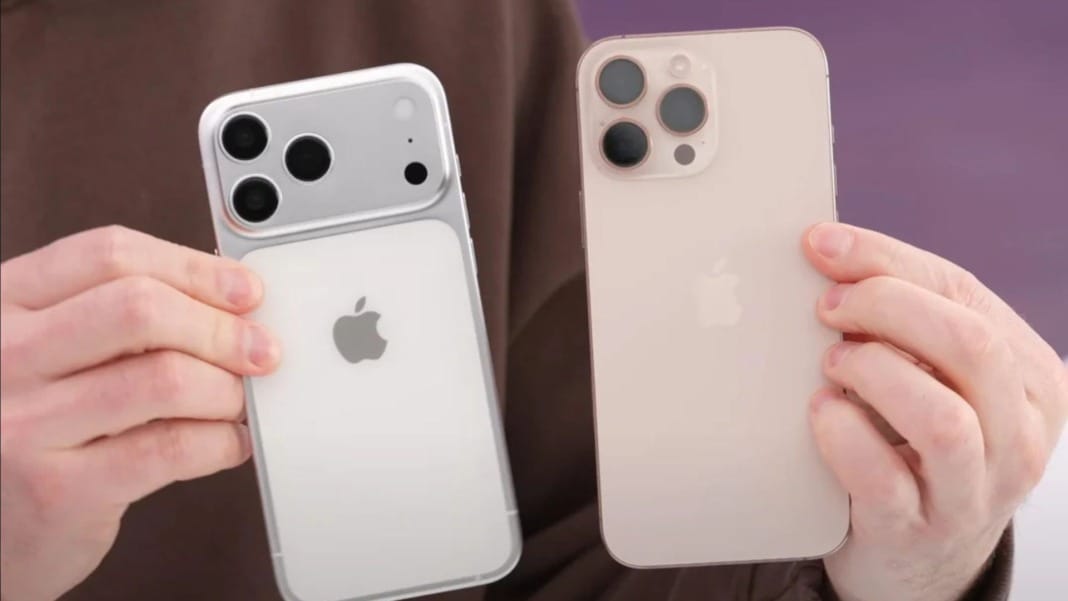Apple is reportedly preparing to reintroduce Touch ID with its first foldable iPhone, which is expected to launch in 2026. The move comes as part of a three-year plan to overhaul the iPhone lineup, starting with this year’s anticipated release of the iPhone 2025 range.
While many Android manufacturers have already released foldable devices, Apple’s entry into the market is generating considerable anticipation. According to Bloomberg, the foldable iPhone will not only introduce a new design but also revive Touch ID, a fingerprint authentication system last seen on the third-generation iPhone SE. Apple has made similar decisions in the past, such as reintroducing its MagSafe charging system with the iPhone 12, years after it was initially introduced on MacBook laptops.
Design choices and technical features
Reports suggest that Apple initially planned to use on-cell touch sensors for the foldable model but later switched to an in-cell design. In-cell technology integrates touch sensors directly into the display, resulting in a thinner screen compared to on-cell alternatives, which add an extra layer. This decision could help minimise the visible crease on the folding screen, a common challenge for foldable devices.
The foldable iPhone is rumoured to feature four cameras and will reportedly be available in white, black, light blue and light gold finishes. The device’s release would mark Apple’s first foray into foldable smartphone technology, putting it in direct competition with Samsung, Huawei and other Android manufacturers that have dominated this niche market in recent years.
What to expect from this year’s launch event
Apple’s upcoming 2025 iPhone launch, scheduled for next month, is expected to introduce several new models ahead of the foldable device’s debut. Among the anticipated announcements is a slimline model, reportedly named the iPhone Air, which will feature a single camera and a basic A19 chip.
While the foldable iPhone will not arrive until the following year, the introduction of the iPhone Air could give consumers an early glimpse into Apple’s broader design strategy. The company’s decision to bring back Touch ID indicates a shift towards offering more authentication options, complementing its existing Face ID technology.
Apple has yet to officially confirm any details about the foldable device or the return of Touch ID. Still, the growing number of credible reports suggests the company is preparing to make a significant move in the smartphone market.





